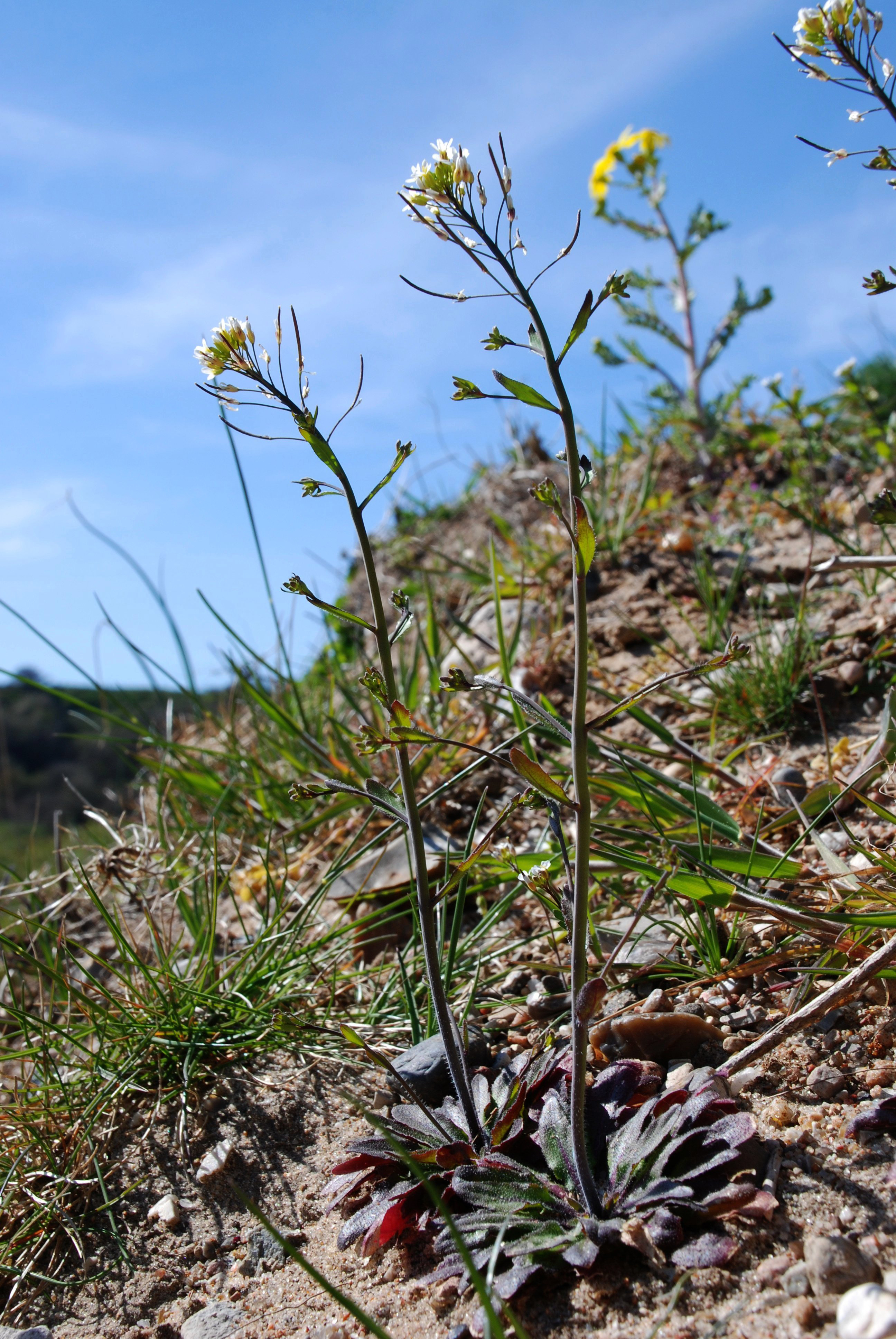Molecular Conductors Help Plants Respond to Drought
Byron SpiceFriday, November 4, 2016Print this page.

When plants need water their leaves droop and they start to look dry. But what's happening on a molecular level? Researchers at the Salk Institute for Biological Studies and the School of Computer Science's Computational Biology Department have found some answers, which could be critical to helping agriculture adapt to drought and other climate-related stressors.
The new research suggests that in the face of environmental hardship, plants employ a small group of proteins that act as conductors to manage their complex responses to stress. The results, detailed in the Nov. 4 issue of Science, may help in developing new technologies to optimize water use in plants.
The research team was led by Joseph Ecker, director of Salk's Genomic Analysis Laboratory, and included Ziv Bar-Joseph, professor of computational biology and machine learning, and Aaron Wise, who earned his Ph.D. in computational biology at CMU in 2015.
How well a plant responds to stress can determine whether it survives and thrives, or succumbs to a threat. Just as humans have hormones such as adrenaline that help us cope with threats, plants have a few key hormones that allow them to respond to stressors in their environment. One of these is abscisic acid (ABA), a plant hormone involved in seed development and water optimization.
When water is scarce or salinity is high, roots and leaves produce ABA. Although the hormone is understood to impact a plant's stress response, scientists have known very little about what happens globally after it is released.
In their study, the researchers used computational methods developed at CMU to integrate large and diverse datasets that profiled real-time changes in plant genetic activity in response to ABA. The resulting models identified a handful of master proteins that govern responses to a wide range of external stressors, including drought.
Using a technique that maps where these regulatory proteins bind to DNA, the team defined key factors that coordinate gene expression, allowing for an efficient cellular response to changing conditions.
"'The large amounts of data generated by new genomic profiling methods, and the fact that several aspects related to cellular activity can now be measured using these methods, raises new computational challenges," Bar-Joseph said. "Machine learning methods for analyzing and integrating molecular data allow researchers to obtain comprehensive models that provide insights and raise new hypotheses about the way plants handle stress."
While the focus in this study was on plant response to drought, Bar-Joseph believes that the methods developed for this work are more general and can be used to study other biological processes including immune response and disease progression.
The work was funded by the Howard Hughes Medical Institute, the Gordon and Betty Moore Foundation, the National Science Foundation and the National Institutes of Health.
Byron Spice | 412-268-9068 | bspice@cs.cmu.edu
